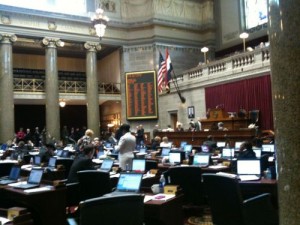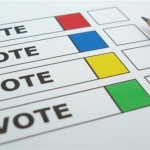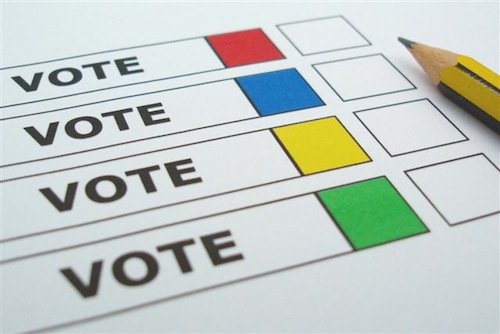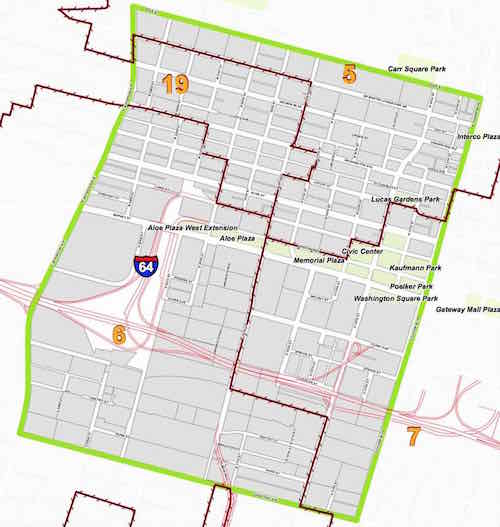Readers Support Gov Nixon’s Veto of ‘Right to Work’ Bill Passed by Missouri Legislature

In the Sunday Poll less than 20% support or lean to supporting a legislative override of Gov Nixon’s veto of a right-to-work bill passed this year:
Q: The Missouri legislature may attempt to override Gov Nixon’s June veto of right-to-work legislation. Which side are you on?
- Governor — veto 26 [70.27%]
- Legislature — override 5 [13.51%]
- Unsure/no opinion 3 [8.11%]
- Leaning ovreride 2 [5.41%]
- Leaning veto 1 [2.7%]
A statewide poll wouldn’t result in the same outcome.
Lawmakers have a chance to override that veto Sept. 16 during their annual veto session. They need a two-thirds majority vote — 109 in the House and 23 in the Senate — to override the veto and pass the measure into law.
At the end of this past legislative session, however, neither chamber had those numbers. The House passed the bill 92-66 and the Senate voted 21-13 in favor of it, only after the Senate used a rare procedure known as the “previous question” to shut down debate and force a vote following a more than eight hour filibuster by the Democrats.
Opponents argue the measure would lower wages and lead to a more dangerous work environment for some. Proponents say the measure would help the state attract businesses and therefore increase wages. (Post-Dispatch)
I’m glad Nixon vetoed this bill in June, this would be a disaster for worker’s rights.


